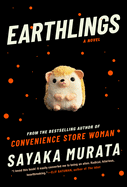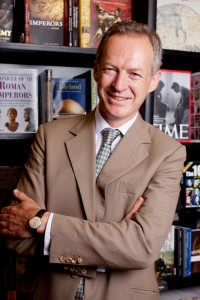 |
| James Daunt |
With all stores except those in Hawaii reopened, Barnes & Noble has returned to "a sort of normal," with sales down but "not that bad," and "trading profitably," said James Daunt, CEO of B&N and managing director of Waterstones, as he approaches the first anniversary of taking the top spot at B&N. Daunt spoke on Friday in a PubWest webinar with Michelle Cobb, interim executive director of the association.
Daunt noted that online sales, including "really good results from Nook," grew significantly during the lockdown period and "remain quite buoyant." Still, the company had to go through "the extreme difficulty of right sizing" for its current level of sales, which are growing slowly. "March, April and May were horrendous, with most stores closed," Daunt noted. "But June, July and August have been relatively good months." The company is also rebuilding its inventory after buying was cut substantially at the outset of the pandemic. "We underbought through June and July, but began to catch up a bit in August," he said. The recovery has been regional, with many stores having "robust sales," but in "metropolitan cities," particularly New York City, sales continue to be "terrible."
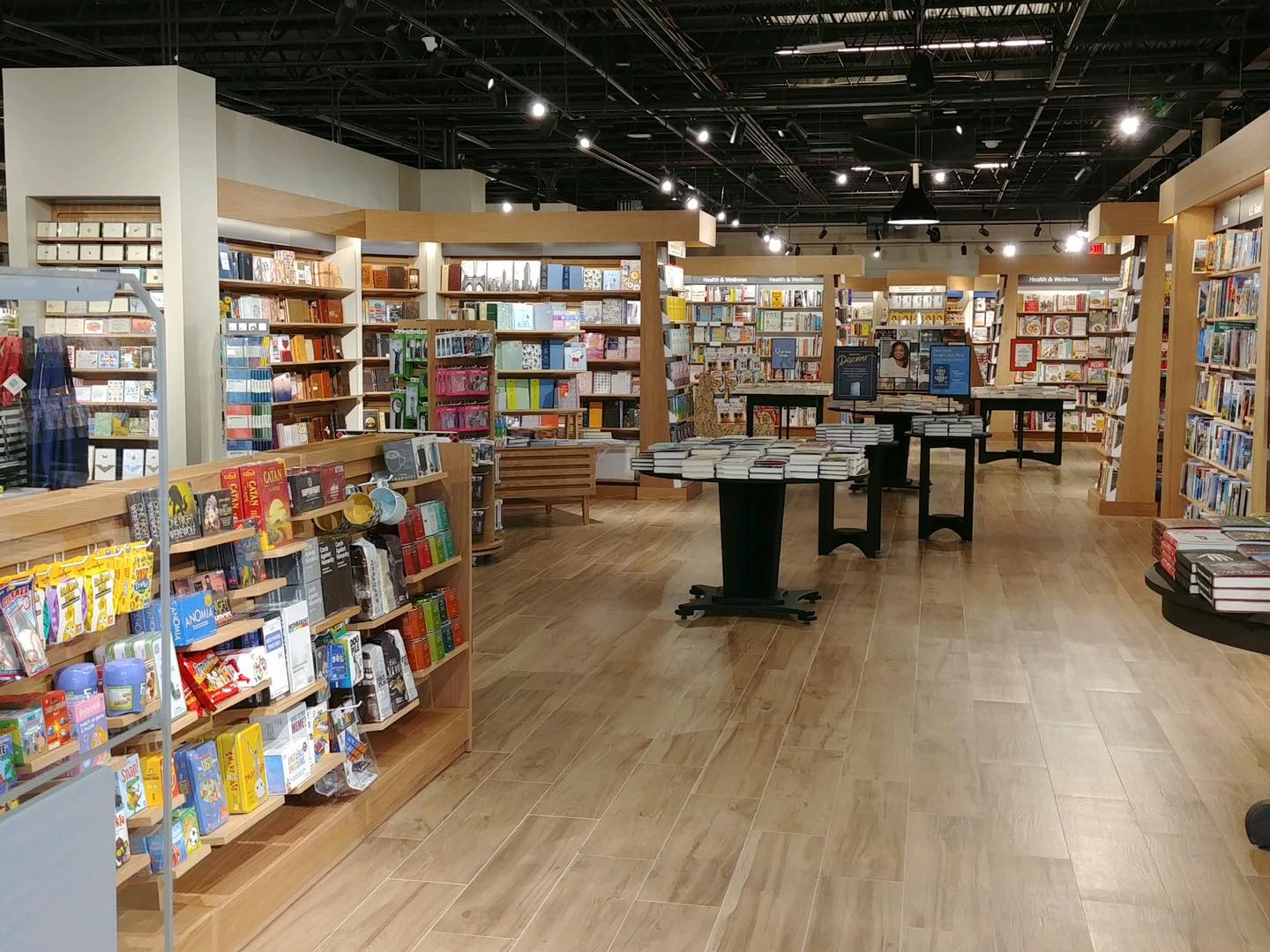 |
| The redesigned B&N in Rockville, Md., opened in August. |
A silver lining from the lockdown period is that as B&N closed stores, it kept "our most experienced booksellers" working and they focused on one of Daunt's major projects that had begun before the pandemic: renovating the stores and reworking inventory. (Having a large number of booksellers working during the lockdown also enabled B&N to reopen stores as soon as it was allowed.)
The ongoing effort has involved moving from being "a chain of very closely aligned bookstores with a very consistent representation" to "a chain of 640-odd bookstores, each of which would have its own personality."
The move to improve "the visual attractiveness of the stores" includes introducing many small tables up front, giving much more space to display hardcovers and show them faceout. (A personal fan of hardcovers, Daunt said their popularity in the U.S. compared to the U.K. and Europe has been a delight.)
As for inventory, he regularly asks booksellers to do an exercise: in a bay of books, remove all the multiples, leaving just one copy, put them all spine out and get rid of the ones that will never sell. At the end of last year, "that was a terrifying exercise because you start with what looks like a solid section of books," and afterward, "you were left with really nothing." (He's also not a fan of multiples, saying that most stores don't need to have more than a single copy and that stores are "better off with more range.") He added that publishers concerned about too many faceouts cutting into stock should know that the old B&N had a lot of faceouts and "an extraordinary number of multiples."
The stores are "constantly curating" the backlist, which he said is the measure of a good bookstore, and inventory varies from store to store, needing to fit its community, customers and demographics.
 |
| The Sarasota, Fla., store, designed by Daunt, opened in June. |
The structure of the company has been changing, beginning with the home office, which Daunt said he wants to be "a service center" that provides support for stores in logistics and distribution and with investment in materials and furniture, etc. He's also changed how B&N buys books, allowing individual stores "to influence and take control of their own stock." In the new B&N world, he stressed, there is "no limit on what local booksellers can bring into stores.... I expect local reordering to cover literally every book in the store," as opposed to a relatively small number in the past.
Still being implemented, B&N's buying plan includes much central buying initially, as in the old days, but once first orders are placed, individual stores will choose whether to replenish stock. Daunt said the process of reordering after and even pre-pub "makes the process much more dynamic." For example, if a book starts selling in the 150 stores in which B&N placed it, the company will push it out to other stores. But because of "very lively communication" among stores, booksellers can find out easily about books and order them. The company has "a safety net": it centrally maintains minimums. He called the buying process he wants B&N to have a complex balance "between central and local."
The company has also been changing its sidelines offerings, stocking products that are "much more aligned to books" and reducing the space devoted to "what could be called a medley of non-book items."
As he has with the bricks-and-mortar stores, Daunt aims to improve B&N's online presence to make it more dynamic and avoid, after the pandemic subsides, reverting to its former model of "just selling books at the lowest price and not making any money at it."
The company plans to invest much more in bn.com, which he said has the most narrow presentation of a fixed screen, "like going back to the late 1980s," and the Nook, which he called "a potentially fabulous offer" that's been neglected over the years.
Daunt repeatedly criticized the tendency of the old B&N to push big books and not emphasize new and different writers. This has led, he said, to the "strange stultification" of the bestseller lists. "It's bookstores that find new voices," he continued.
Daunt stressed that one of his priorities is to reduce returns--as he did at Waterstones--but he said that the elimination of returns is not the goal. "The goal is to sell as many books as possible." And returns should be reduced when local booksellers are involved in ordering because "they know what sells, they know the customers, they know where to put the books."
Despite the pandemic and resulting economic shocks, Daunt was generally optimistic about bookselling, both online and bricks-and-mortar. The pandemic has led people to read more, and he hopes "that will endure." Of course, there are many challenges as retail has been "turned upside down." But commercial rents and cost structures will come down and more bookstores should open.
Concerning diversity and equality, Daunt gave a mixed report. B&N has been highlighting books that are related to the Black Lives Matter movement and that address civil rights and injustice. Daunt said there was "no more dynamic and compelling an issue" and that one of the missions of bookstores is to educate communities. As for personnel, the company has "a very diverse population of booksellers" but not among the senior ranks. B&N is working to ensure that in 10 years, "leadership doesn't look as uniformly white as it does now."
Asked about his personal reading, Daunt said he mostly reads physical books and occasionally e-books, and a lot of advance copies. He reads to discover new books and new voices, he said, so he tends not to read "much that is major," even people whose work he's read and liked. For example, he likely won't read "the latest Hilary Mantel" or the next Donna Tartt "because they don't need discovering." --John Mutter
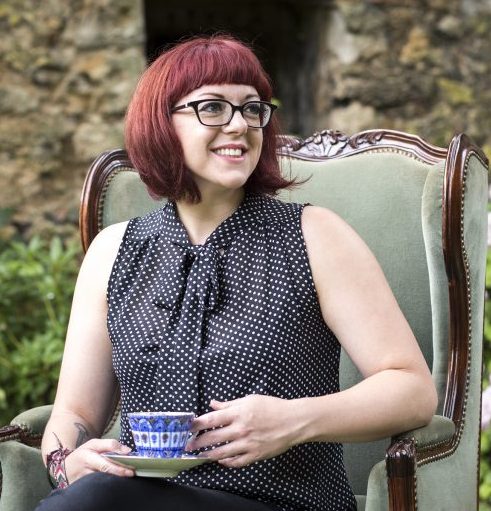 "Long before anyone seemed to think of me as shiny, long before anyone seemed to have a clue in hell who I was, indie bookstores kept me on shelves. Indie bookstores believed in me, they took chances on me; individual booksellers fell in love with my work and pushed in and hand-sold it.
"Long before anyone seemed to think of me as shiny, long before anyone seemed to have a clue in hell who I was, indie bookstores kept me on shelves. Indie bookstores believed in me, they took chances on me; individual booksellers fell in love with my work and pushed in and hand-sold it.


SHELFAWARENESS.1222.S1.BESTADSWEBINAR.gif)


SHELFAWARENESS.1222.T1.BESTADSWEBINAR.gif)
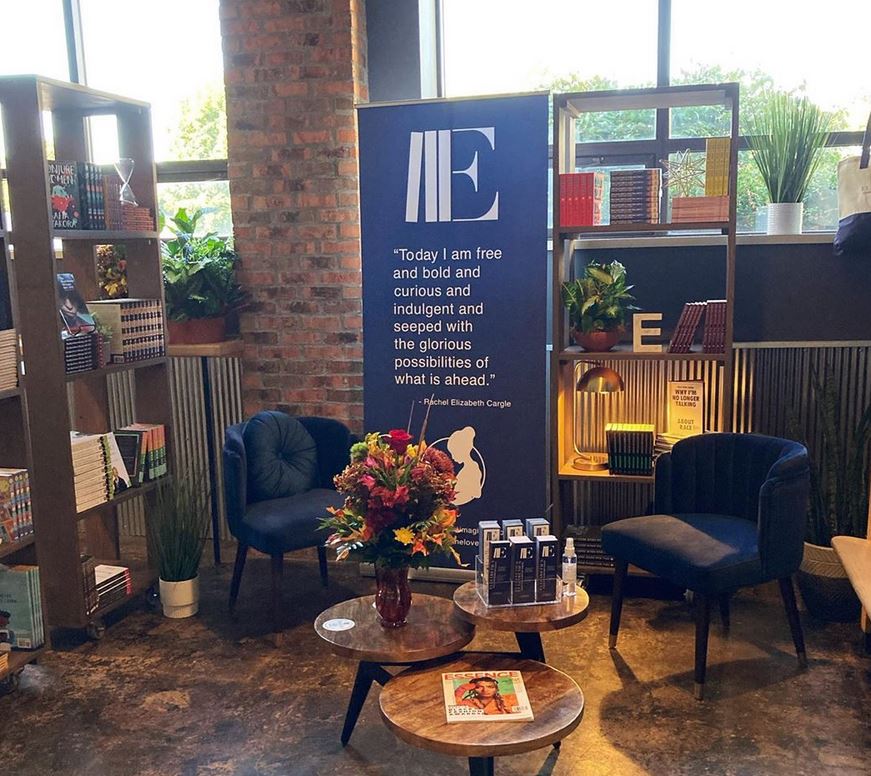 Elizabeth's Bookshop & Writing Centre
Elizabeth's Bookshop & Writing Centre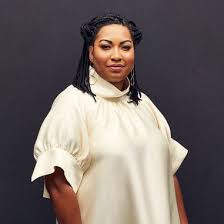



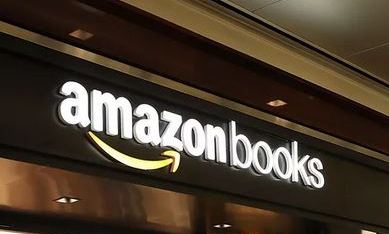 Amazon has opened an Amazon Books, the books and electronics store, in the Baybrook Mall in Friendswood, Tex., between Houston and Galveston. It is Amazon's 24th Amazon Books store and its second in Texas.
Amazon has opened an Amazon Books, the books and electronics store, in the Baybrook Mall in Friendswood, Tex., between Houston and Galveston. It is Amazon's 24th Amazon Books store and its second in Texas.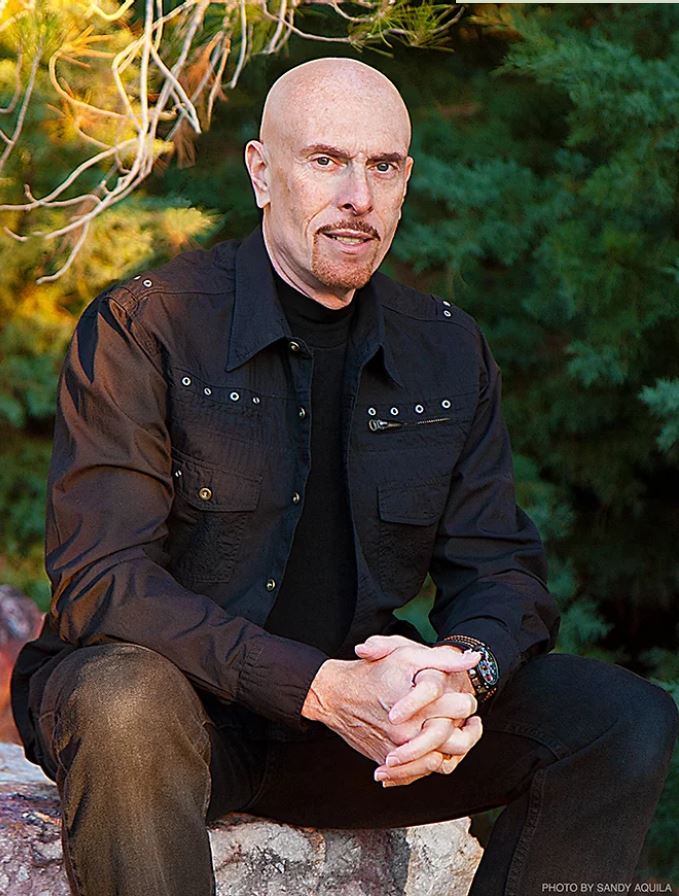
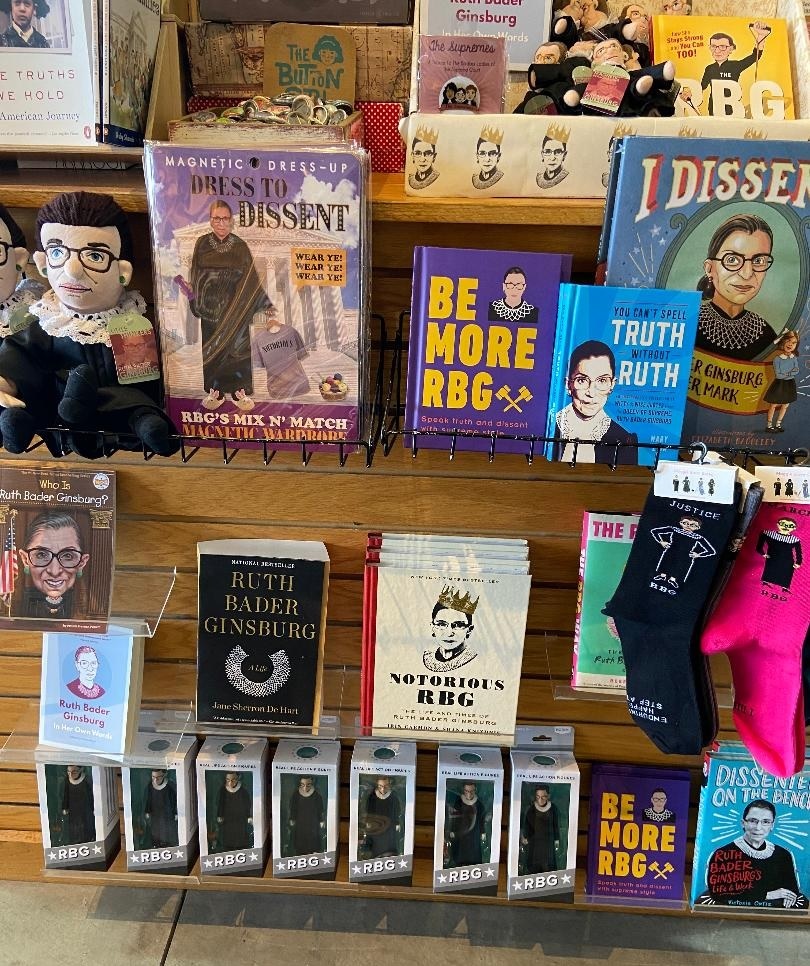
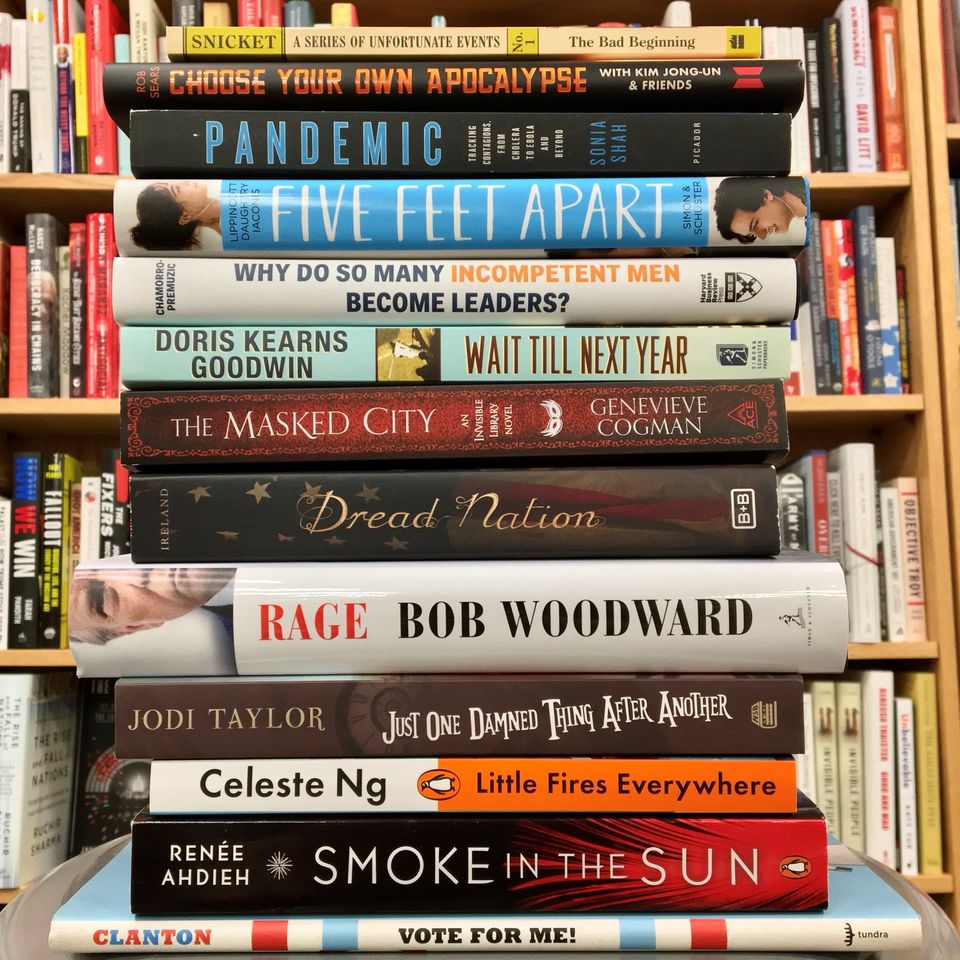
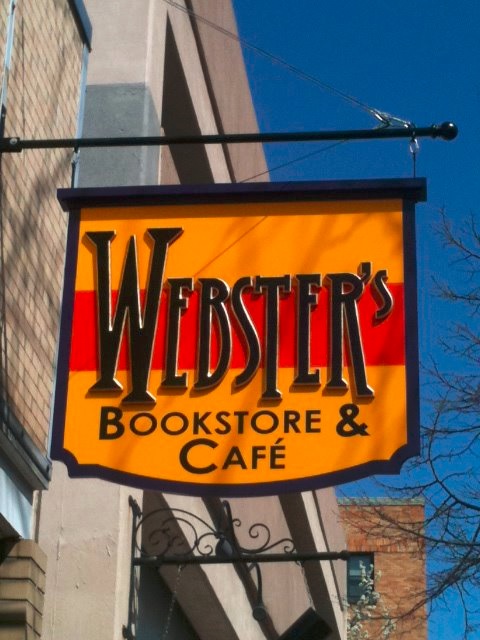 Every Wednesday,
Every Wednesday, 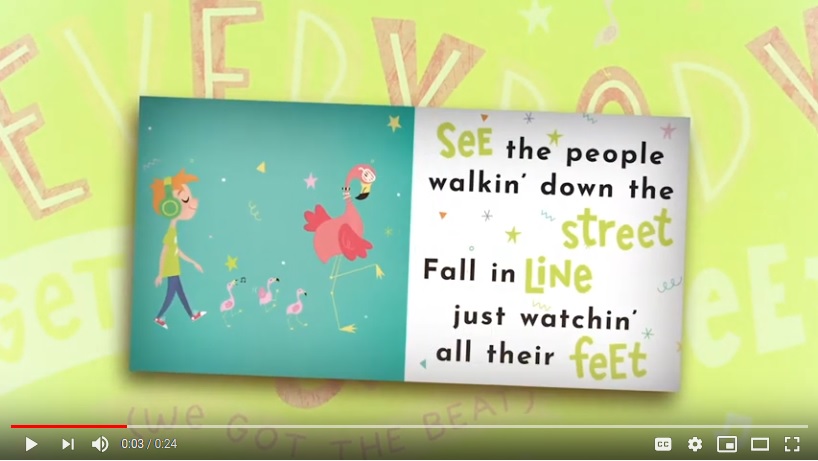 We Got the Beat
We Got the Beat At last night's ambitiously virtual
At last night's ambitiously virtual 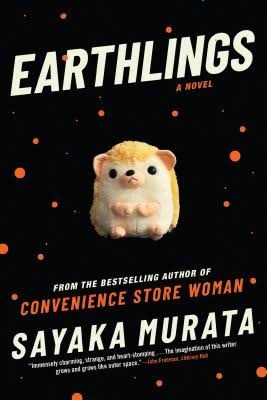 Sayaka Murata's Earthlings, translated from the Japanese by Ginny Tapley Takemori, is a shocking allegory about the consequences of nonconformity. Natsuki begins her story in childhood, when she recognizes, with a dispassion that sets off early alarms, exactly what is expected. "I was a tool for the town's good, in two senses. Firstly, I had to study hard to become a work tool. Secondly, I had to be a good girl, so that I could become a reproductive organ for the town." Natsuki is an outlier in a conventional family and is comforted by Piyyut, a toy that she thinks is animate and from another planet. Her cousin Yuu, of similar age, is also a family outsider who believes he's an actual alien. "I had the feeling he might disappear at any moment. I wanted to become an alien, too, and I felt jealous of him having somewhere to go home to," says Natsuki.
Sayaka Murata's Earthlings, translated from the Japanese by Ginny Tapley Takemori, is a shocking allegory about the consequences of nonconformity. Natsuki begins her story in childhood, when she recognizes, with a dispassion that sets off early alarms, exactly what is expected. "I was a tool for the town's good, in two senses. Firstly, I had to study hard to become a work tool. Secondly, I had to be a good girl, so that I could become a reproductive organ for the town." Natsuki is an outlier in a conventional family and is comforted by Piyyut, a toy that she thinks is animate and from another planet. Her cousin Yuu, of similar age, is also a family outsider who believes he's an actual alien. "I had the feeling he might disappear at any moment. I wanted to become an alien, too, and I felt jealous of him having somewhere to go home to," says Natsuki.